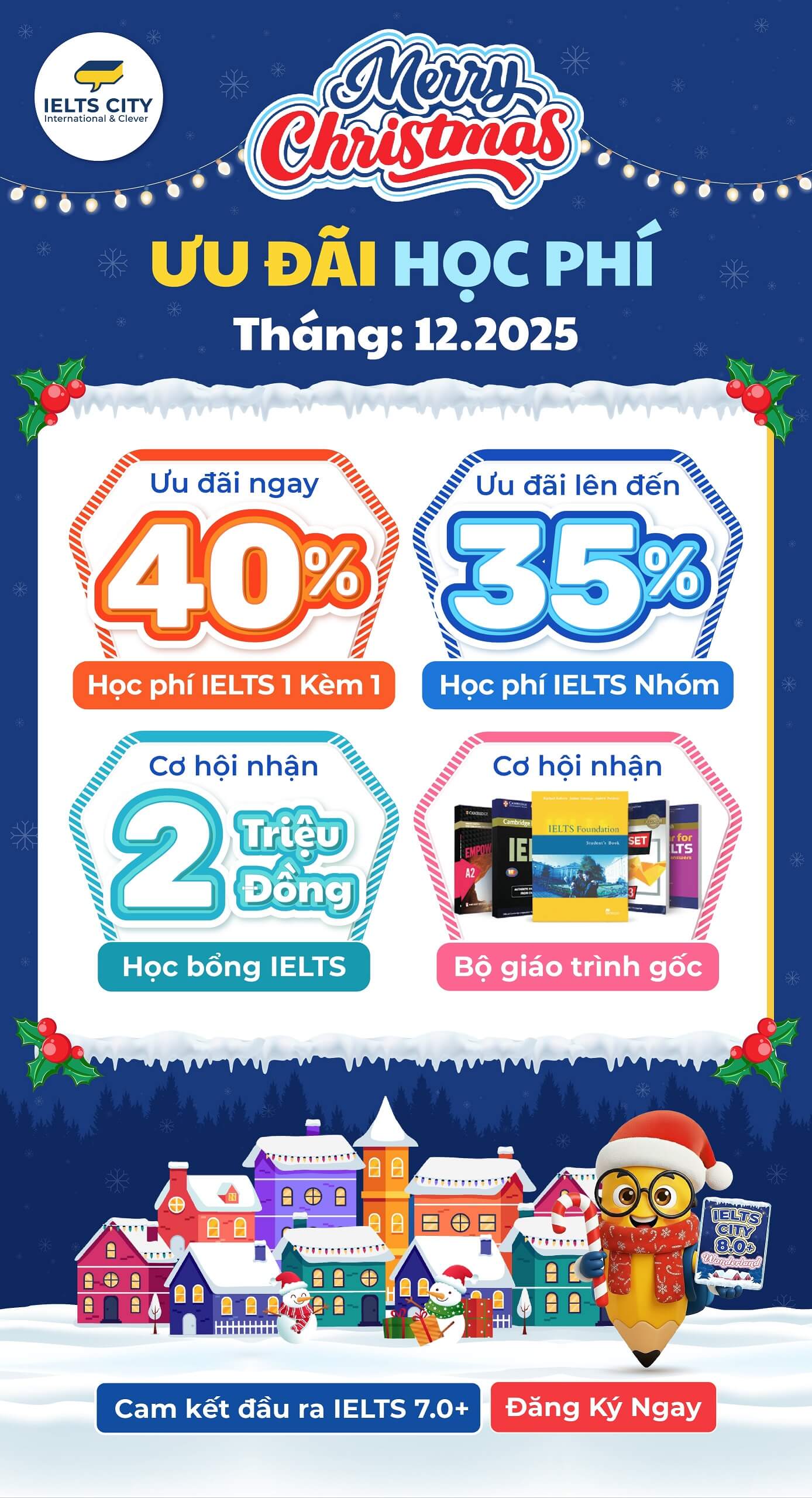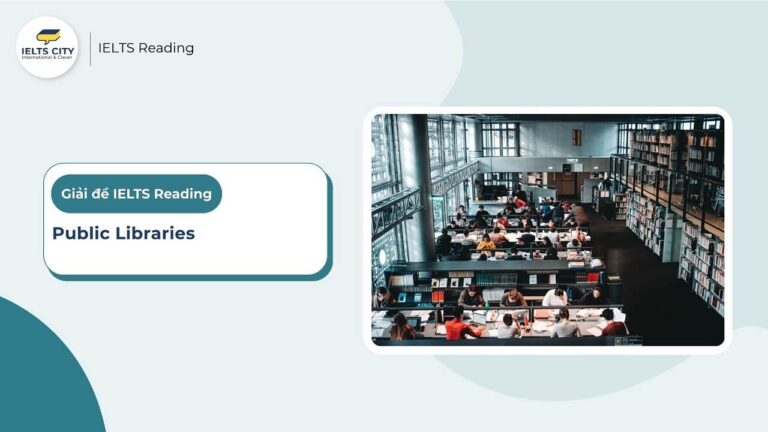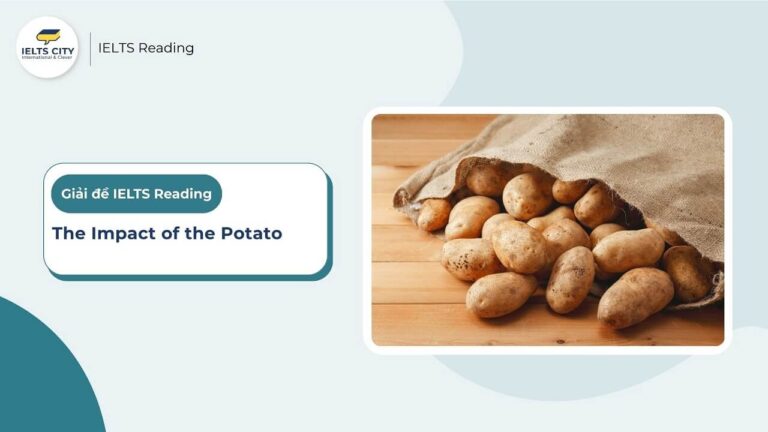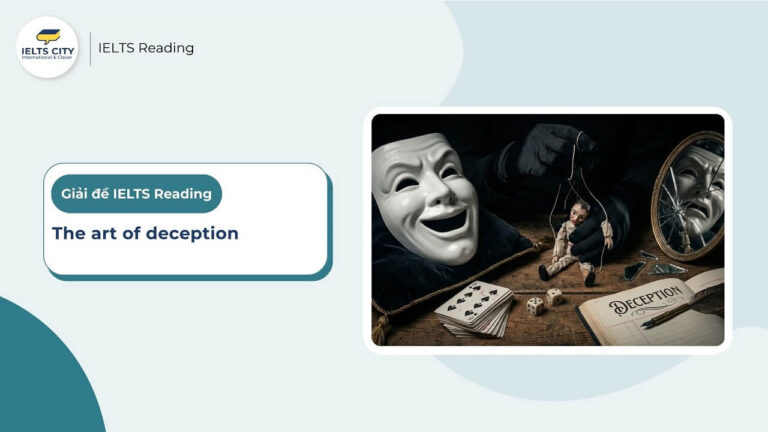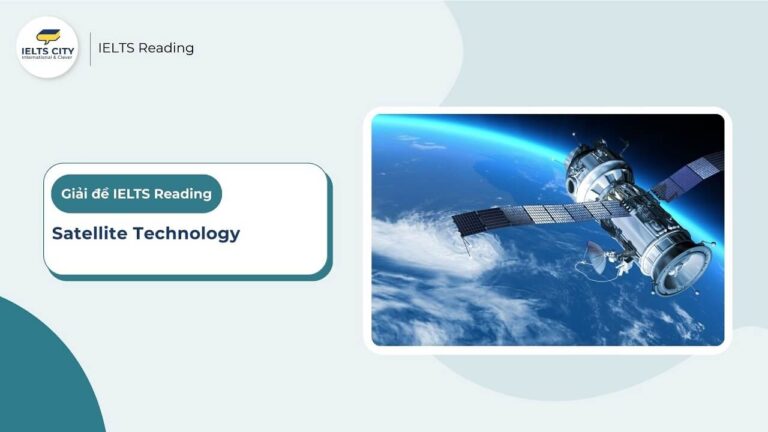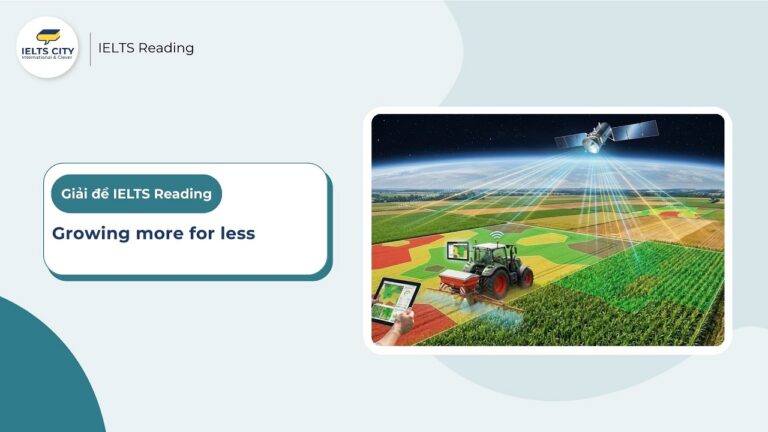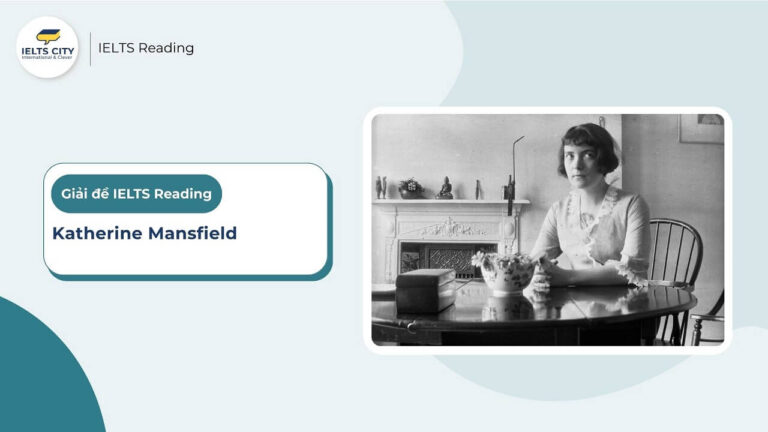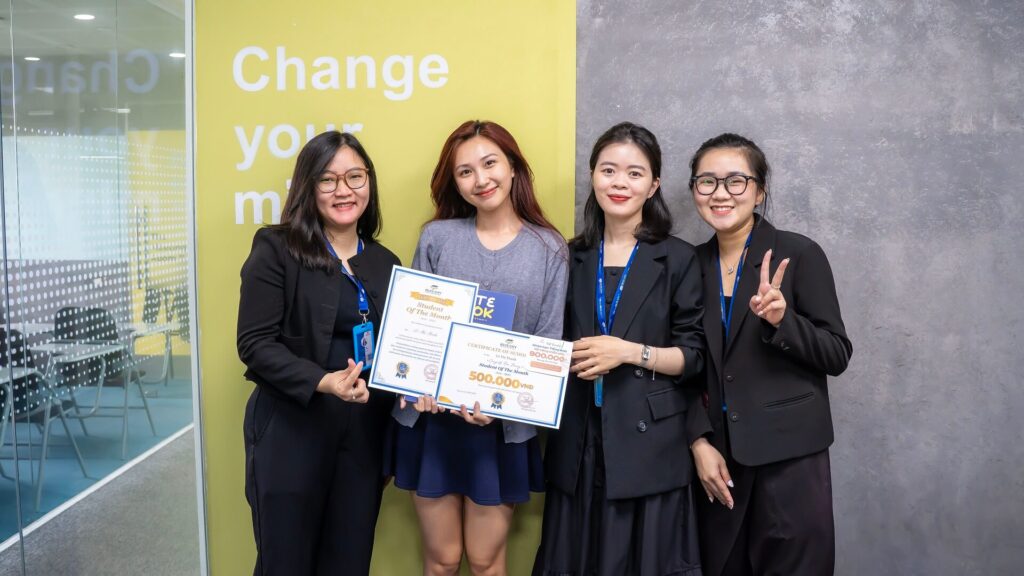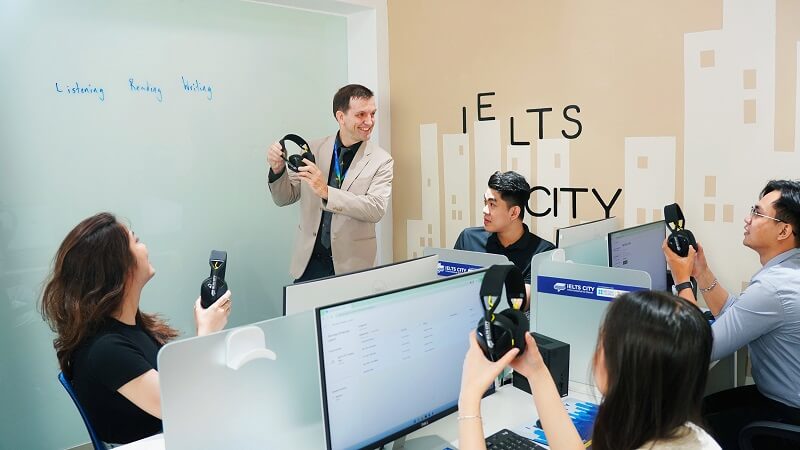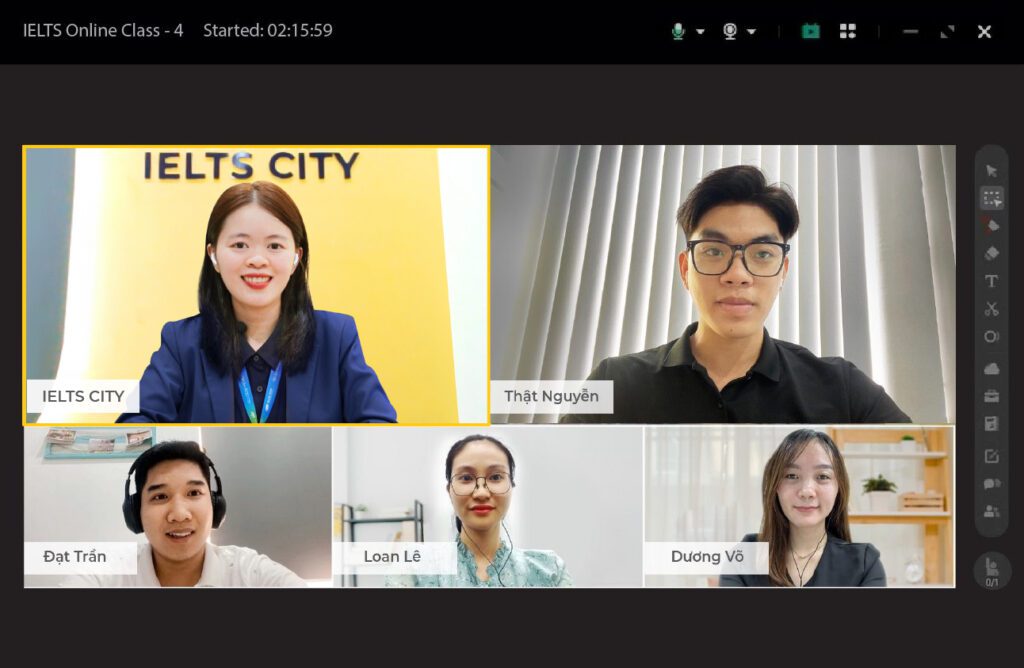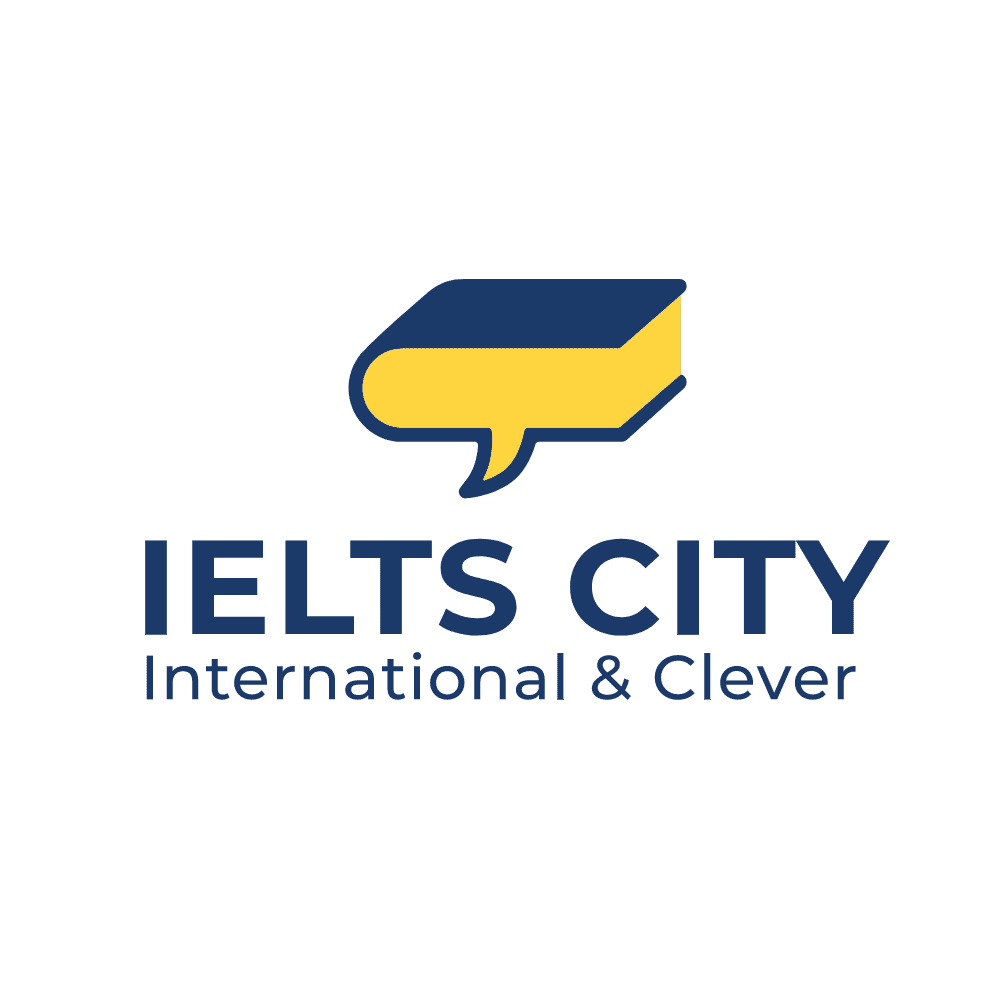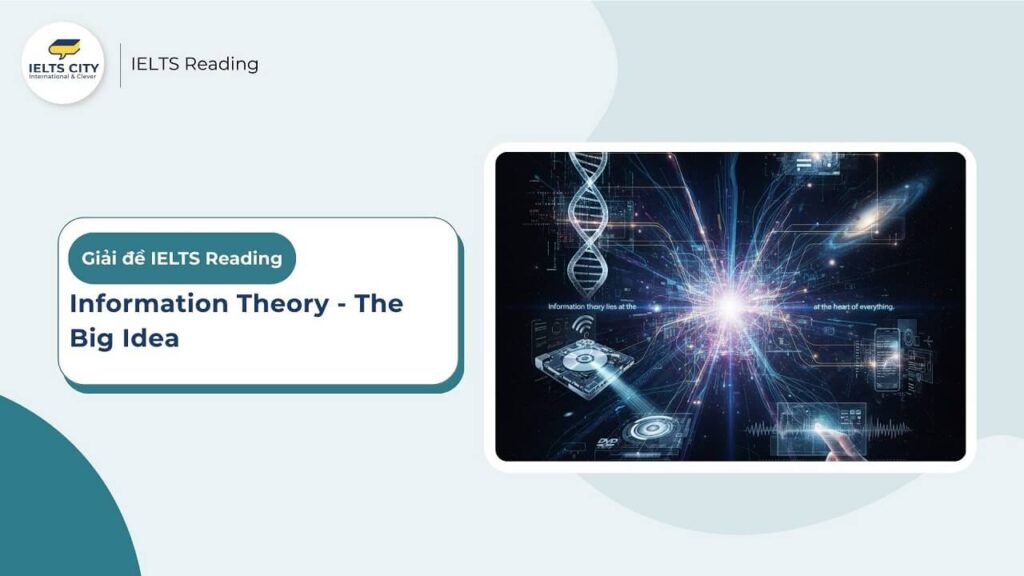
Nội dung chính
ToggleBài đọc
Information Theory- the Big Idea
Information theory lies at the heart of everything – from DVD players and the genetic code of DNA to the physics of the universe at its most fundamental. It has been central to the development of the science of communication, which enables data to be sent electronically and has therefore had a major impact on our lives
A. In April 2002 an event took place which demonstrated one of the many applications of information theory. The space probe, Voyager I, launched in 1977, had sent back spectacular images of Jupiter and Saturn and then soared out of the Solar System on a one-way mission to the stars. After 25 years of exposure to the freezing temperatures of deep space, the probe was beginning to show its age. Sensors and circuits were on the brink of failing and NASA experts realised that they had to do something or lose contact with their probe forever. The solution was to get a message to Voyager I to instruct it to use spares to change the failing parts. With the probe 12 billion kilometres from Earth, this was not an easy task. By means of a radio dish belonging to NASA’s Deep Space Network, the message was sent out into the depths of space. Even travelling at the speed of light, it took over 11 hours to reach its target, far beyond the orbit of Pluto. Yet, incredibly, the little probe managed to hear the faint call from its home planet, and successfully made the switchover.
B. It was the longest-distance repair job in history, and a triumph for the NASA engineers. But it also highlighted the astonishing power of the techniques developed by American communications engineer Claude Shannon, who had died just a year earlier. Born in 1916 in Petoskey, Michigan, Shannon showed an early talent for maths and for building gadgets, and made breakthroughs in the foundations of computer technology when still a student. While at Bell Laboratories, Shannon developed information theory, but shunned the resulting acclaim. In the 1940s, he single-handedly created an entire science of communication which has since inveigled its way into a host of applications, from DVDs to satellite communications to bar codes – any area, in short, where data has to be conveyed rapidly yet accurately.
C. This all seems light years away from the down-to-earth uses Shannon originally had for his work, which began when he was a 22-year-old graduate engineering student at the prestigious Massachusetts Institute of Technology in 1939. He set out with an apparently simple aim: to pin down the precise meaning of the concept of ‘information’. The most basic form of information, Shannon argued, is whether something is true or false – which can be captured in the binary unit, or ‘bit’, of the form 1 or 0. Having identified this fundamental unit, Shannon set about defining otherwise vague ideas about information and how to transmit it from place to place. In the process he discovered something surprising: it is always possible to guarantee information will get through random interference – ‘noise’ – intact.
D. Noise usually means unwanted sounds which interfere with genuine information. Information theory generalises this idea via theorems that capture the effects of noise with mathematical precision. In particular, Shannon showed that noise sets a limit on the rate at which information can pass along communication channels while remaining error-free. This rate depends on the relative strengths of the signal and noise travelling down the communication channel, and on its capacity (its ‘bandwidth’). The resulting limit, given in units of bits per second, is the absolute maximum rate of error-free communication given signal strength and noise level. The trick, Shannon showed, is to find ways of packaging up – ‘coding’ – information to cope with the ravages of noise, while staying within the information-carrying capacity – ‘bandwidth’ – of the communication system being used.
E. Over the years scientists have devised many such coding methods, and they have proved crucial in many technological feats. The Voyager spacecraft transmitted data using codes which added one extra bit for every single bit of information; the result was an error rate of just one bit in 10,000 – and stunningly clear pictures of the planets. Other codes have become part of everyday life – such as the Universal Product Code, or bar code, which uses a simple error-detecting system that ensures supermarket check-out lasers can read the price even on, say, a crumpled bag of crisps. As recently as 1993, engineers made a major breakthrough by discovering so-called turbo codes – which come very close to Shannon’s ultimate limit for the maximum rate that data can be transmitted reliably, and now play a key role in the mobile videophone revolution.
F. Shannon also laid the foundations of more efficient ways of storing information, by stripping out superfluous (‘redundant’) bits from data which contributed little real information. As mobile phone text messages like ‘I CN C U’ show, it is often possible to leave out a lot of data without losing much meaning. As with error correction, however, there’s a limit beyond which messages become too ambiguous. Shannon showed how to calculate this limit, opening the way to the design of compression methods that cram maximum information into the minimum space.
Kiến thức cần nắm
Câu hỏi
Questions 27-32
Reading Passage 56 has six paragraphs, A-F.
Which paragraph contains the following information?
Write the correct letter A-E in boxes 27-32 on your answer sheet.
27. an explanation of the factors affecting the transmission of information
28. an example of how unnecessary information can be omitted
29. a reference to Shannon`s attitude to fame
30. details of a machine capable of interpreting incomplete information
31. a detailed account of an incident involving information theory
32. a reference to what Shannon initially intended to achieve in his research
Kiến thức cần nắm:
Questions 33-37
Complete the notes below.
Choose N0 MORE THAN TWO WORDS from the passage for each answer
Write your answers in boxes 33—37 on your answer sheet.
The Voyager l Space Probe
The probe transmitted pictures of both 33 ………………., and ……………. , then left the 34 ……………. The freezing temperatures were found to have a negative effect on parts of the space probe. Scientists feared that both the 35 …………. and ………….. were about to stop working. The only hope was lo tell the probe to replace them with 38 ……………. – but distance made communication with the probe difficult. A 37, ……………. was used to transmit the message at the speed of light.
The message was picked up by the probe and the switchover took place.
Kiến thức cần nắm:
Questions 38-40
Do the following statements agree with the information given in Reading Passage 37 in boxes 38-40 on your answer sheet, write
TRUE if the statement agrees with the information
FALSE if the statement contradicts the information
NOT GIVEN if there is no information on this
38. The concept of describing something as true or false was the starting point for Shannon in his attempts to send messages over distances.
39. The amount of information that can be sent in a given time period is determined with reference to the signal strength and noise level.
40. Products have now been developed which can convey more information than Shannon had anticipated as possible.
Kiến thức cần nắm:
Đáp án kèm phân tích
Questions 27-32: Matching Information to Paragraphs
27. an explanation of the factors affecting the transmission of information
- Đáp án: D
- Giải thích: Đoạn D giải thích rằng tốc độ truyền thông tin không lỗi phụ thuộc vào các yếu tố như sức mạnh tương đối của tín hiệu và nhiễu (relative strengths of the signal and noise) và dung lượng (capacity/bandwidth) của kênh truyền.
- Vị trí và trích dẫn: Đoạn D.”This rate depends on the relative strengths of the signal and noise travelling down the communication channel, and on its capacity (its ‘bandwidth’).”
28. an example of how unnecessary information can be omitted
- Đáp án: F
- Giải thích: Đoạn F đưa ra ví dụ về việc loại bỏ các bit thừa bằng cách sử dụng tin nhắn văn bản trên điện thoại di động như ‘I CN C U’ để cho thấy có thể bỏ qua nhiều dữ liệu mà không làm mất nhiều ý nghĩa.
- Vị trí và trích dẫn: Đoạn F.”As mobile phone text messages like ‘I CN C U’ show, it is often possible to leave out a lot of data without losing much meaning.”
29. a reference to Shannon’s attitude to fame
- Đáp án: B
- Giải thích: Đoạn B nói rằng Shannon đã phát triển lý thuyết thông tin nhưng lại “xa lánh sự tung hô” (shunned the resulting acclaim). Điều này thể hiện thái độ của ông đối với sự nổi tiếng.
- Vị trí và trích dẫn: Đoạn B.”While at Bell Laboratories, Shannon developed information theory, but shunned the resulting acclaim.”
30. details of a machine capable of interpreting incomplete information
- Đáp án: E
- Giải thích: Đoạn E đề cập đến Mã sản phẩm chung (mã vạch), nói rằng hệ thống của nó đảm bảo “tia laser ở quầy thanh toán siêu thị có thể đọc được giá ngay cả trên, ví dụ, một túi khoai tây chiên bị nhàu” (supermarket check-out lasers can read the price even on, say, a crumpled bag of crisps). Đây là một ví dụ về máy móc diễn giải thông tin không hoàn chỉnh.
- Vị trí và trích dẫn: Đoạn E.
31. a detailed account of an incident involving information theory
- Đáp án: A
- Giải thích: Toàn bộ Đoạn A dành để kể lại chi tiết sự cố với tàu thăm dò không gian Voyager I, việc nó gặp trục trặc và cách NASA gửi một thông điệp qua một khoảng cách khổng lồ để sửa chữa nó, một ứng dụng thực tế của lý thuyết thông tin.
32. a reference to what Shannon initially intended to achieve in his research
- Đáp án: C
- Giải thích: Đoạn C nói rõ rằng Shannon bắt đầu với một mục tiêu có vẻ đơn giản: “xác định ý nghĩa chính xác của khái niệm ‘thông tin'” (to pin down the precise meaning of the concept of ‘information’). Đây chính là ý định ban đầu của ông.
- Vị trí và trích dẫn: Đoạn C.
Đăng ký nhận tư vấn miễn phí
Ưu đãi học phí lên đến 40%
& Cơ hội nhận học bổng trị giá 2.000.000 VNĐ
Đăng ký nhận tư vấn miễn phí
Ưu đãi học phí lên đến 40%
________
Questions 33-37: Complete the notes
(Lưu ý: Có vẻ như có một số lỗi đánh số và định dạng trong câu hỏi bạn cung cấp. Tôi sẽ trả lời dựa trên nội dung hợp lý nhất của các khoảng trống.)
33. Jupiter, Saturn
- Giải thích: Đoạn A nói rằng tàu thăm dò đã gửi về những hình ảnh ngoạn mục của “Sao Mộc và Sao Thổ” (Jupiter and Saturn).
- Vị trí và trích dẫn: Đoạn A.
34. Solar System
- Giải thích: Đoạn A nói rằng sau đó nó bay vút ra khỏi “Hệ Mặt Trời” (Solar System).
- Vị trí và trích dẫn: Đoạn A.
35. sensors, circuits
- Giải thích: Đoạn A đề cập rằng các chuyên gia NASA nhận ra “Các cảm biến và mạch điện” (Sensors and circuits) sắp hỏng.
- Vị trí và trích dẫn: Đoạn A.
36. spares (Dựa trên logic của câu, đây là câu trả lời cho khoảng trống tiếp theo mà bạn có thể đã ghi nhầm thành 38)
- Giải thích: Đoạn A cho biết giải pháp là hướng dẫn tàu thăm dò “sử dụng các phụ tùng thay thế” (use spares) để thay thế các bộ phận bị hỏng.
- Vị trí và trích dẫn: Đoạn A.
37. radio dish
- Giải thích: Đoạn A nói rằng thông điệp được gửi đi bằng phương tiện của một “đĩa thu sóng vô tuyến” (radio dish).
- Vị trí và trích dẫn: Đoạn A.
Questions 38-40: TRUE / FALSE / NOT GIVEN
38. The concept of describing something as true or false was the starting point for Shannon in his attempts to send messages over distances.
- Đáp án: TRUE
- Giải thích: Đoạn C nói rằng Shannon cho rằng dạng thông tin cơ bản nhất là đúng hay sai (bit 1 hoặc 0). Sau khi xác định được đơn vị cơ bản này, ông bắt đầu định nghĩa các ý tưởng về thông tin và “cách truyền nó” (how to transmit it). Do đó, khái niệm đúng/sai chính là điểm khởi đầu.
39. The amount of information that can be sent in a given time period is determined with reference to the signal strength and noise level.
- Đáp án: TRUE
- Giải thích: Đoạn D nêu rõ rằng tốc độ (rate) truyền thông tin không lỗi “phụ thuộc vào sức mạnh tương đối của tín hiệu và nhiễu” (depends on the relative strengths of the signal and noise). “Tốc độ” chính là “lượng thông tin có thể gửi trong một khoảng thời gian nhất định”.
40. Products have now been developed which can convey more information than Shannon had anticipated as possible.
- Đáp án: FALSE
- Giải thích: Câu này nói rằng các sản phẩm hiện tại đã vượt qua giới hạn mà Shannon dự đoán. Tuy nhiên, Đoạn E lại nói rằng các mã turbo hiện đại “tiến rất gần đến giới hạn cuối cùng của Shannon” (come very close to Shannon’s ultimate limit), chứ không phải vượt qua nó. Đoạn D cũng gọi đây là “tốc độ tối đa tuyệt đối” (absolute maximum rate).
Cập nhật đề thi thật tại:

